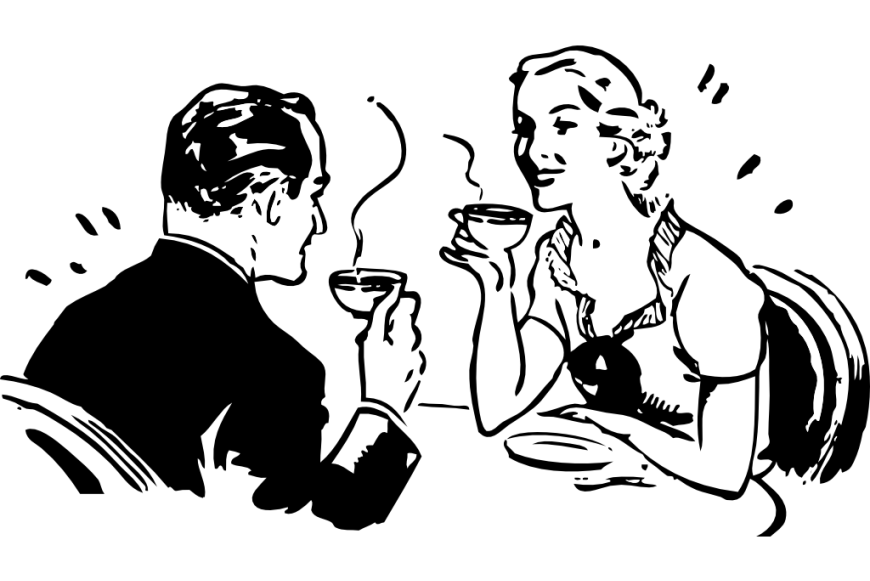
Tasting Teas Like A Pro: A guide for your senses to understand the various nuances in different teas
07/05/2020 View: 8898Tea is one of those things that brings nothing but joy to you every time you have it, just like chocolate, or wine. The flavour of your favourite tea is something that remains etched in your memory and makes you reminisce of some of the good times you’ve had. Hence, knowing the taste and flavour of your teas is as important as brewing it right and pairing it with the right foods. If you’re wondering it is a very complex process and only trained sommeliers can do it, we’re going to give you lessons on how to taste your teas like a pro.
Observe, study at your leaves
The first step for any tea-tasting is to study your tea leaves. When you know what kind of tea leaves you are going to brew, you will kinda have an idea on what to expect from the first sip itself. Because the size of the leaves also tells you how much flavour is it going to provide in the liquor after brewing.
Bold – If you notice that there are big pieces of leaves, chopped up in an unruly manner, they’re bold leaves. The more time you place this kind of leaves in the hot water, the more flavour and colour it oozes out.
Even – Sometimes you might have noticed upon giving a close look at your dry leaves that they are surprisingly of the same size. This kind of tea leaves are called Even. And just like the name, they give out a balanced flavour and colour to the liquor upon being brewed.
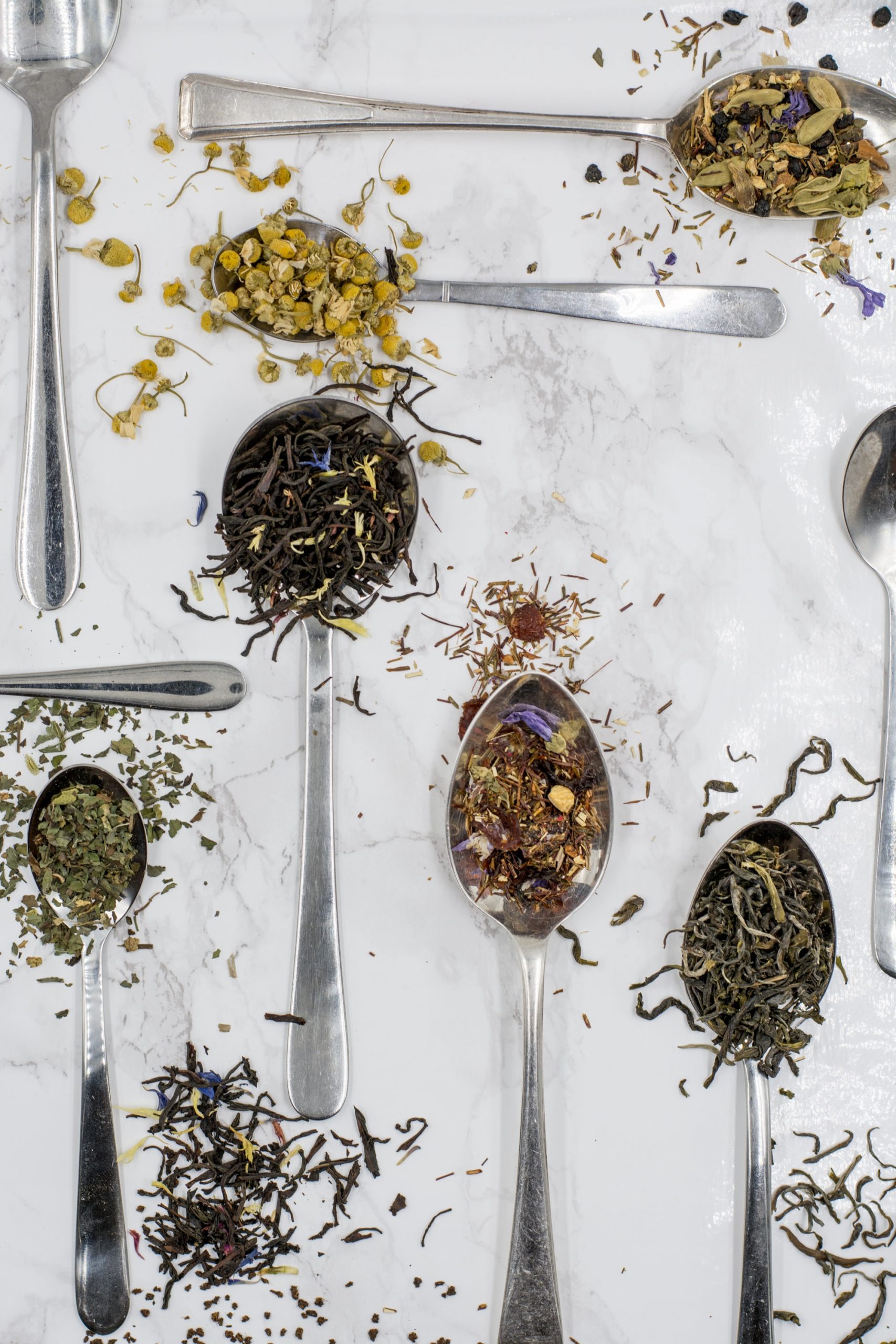
CTC – This is what your regular, processed black tea looks like. They are like miniature grabules, that are processed using theCut, Tear, Curl method, hence the name CTC Tea.
Springy – This is what your regular green tea looks like. Small strands of twisted leaves, which open up upon being dropped into hot water. They stay giving out their flavour after it opens up.
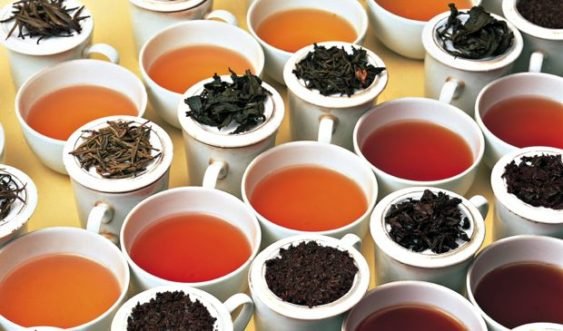
Feel the aroma
One of the strongest memories a human being can have is the olfactory memory, the memory of smells. And with tea, most of your flavour is based upon the olfactory experience from the leaves. Here’s how you can identify the kind of flavour you might get from your leaves, even before brewing it.
Smell the dry leaves first
When you smell the dry leaves first, you sort of get an idea about the freshness of the leaves and spiciness and bitterness it might bring to the liquor. Certain teas, like the Darjeeling Tea has its unique fragrance of its own, which makes it a very rare leaf, sought after by every tea lover.
Then smell the wet leaves after brewing
Also, make sure you smell the wet leaves too after you strain it out after brewing. It gives you an idea of the kind of after taste, or any additional, hidden flavours your tea might have.
Water is the mother of tea
Every tea lover and taster in the world believes in this phrase. That it is the water that gives life to the brew. Hence, it is important that you use the right kind of water at the right temperature to brew your tea. The flavour of your tea is always 98% water, 2% tea. And to bring out the magic from that 2%, you must make sure that you do not use unfiltered water in the brewing process, as the chemicals in the water alters with the flavour of the tea.
Slurp your tea. No, it ain’t rude!
If you’re among the ones who were reprimanded for slurping your tea and not sipping it, then show this to the ones who always frowned upon your practice. Because the right way to experience the flavours of your tea is to slurp it. The oxygen mixes with the tea and extracts the flavours completely.
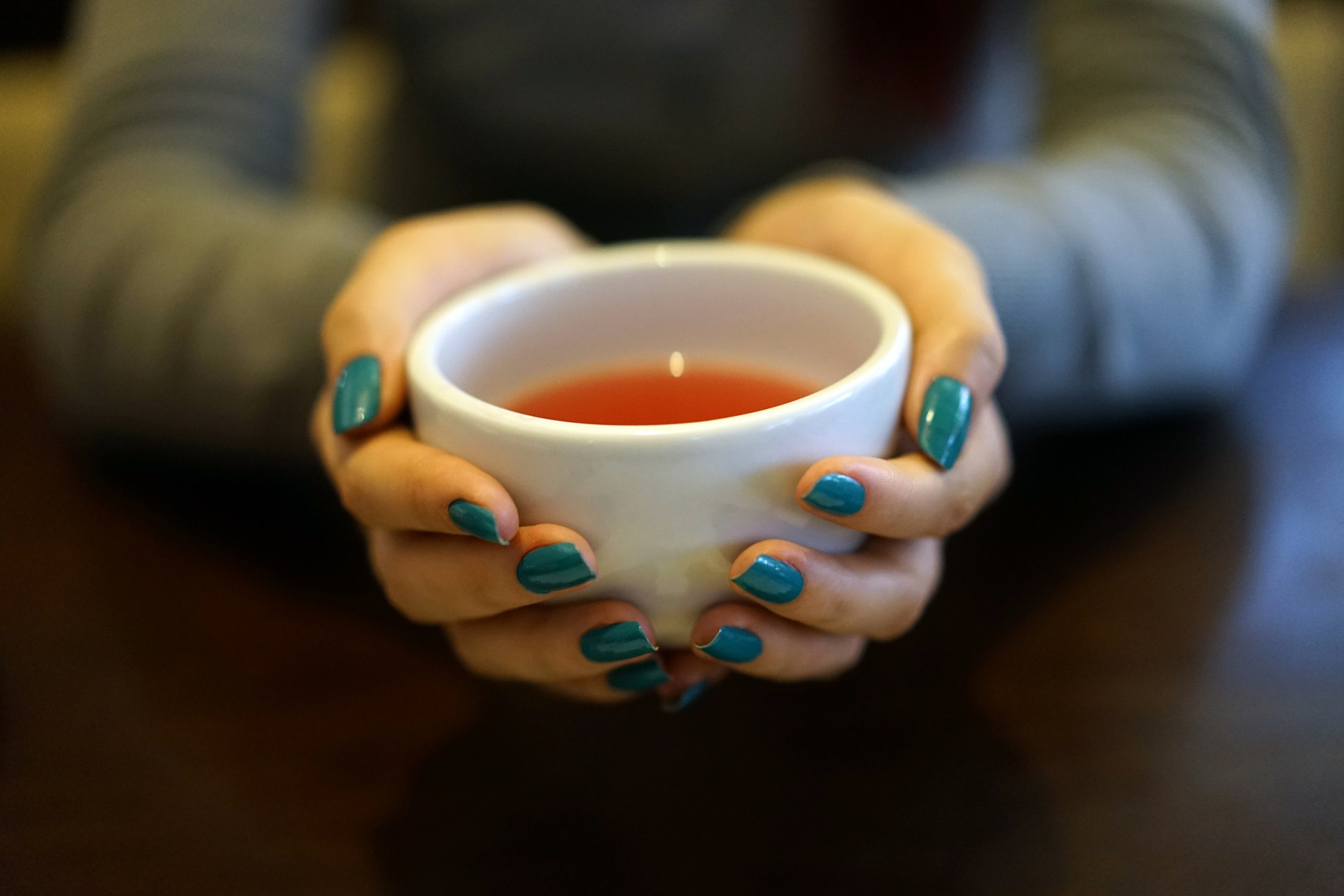
After you have slurped in your tea, swirl the mix in your mouth for a few seconds. Yeah, just like the way wine tasters do it. NO, do not spit it out. Tea and Wine tasters spit out the liquid because they have taste hundreds of samples every day.
Palate Cleansers for tea tasting
This is very important. You must cleanse your palate before moving on to the next brew. Otherwise it will alter with your taste buds and then you won’t be able to identify and enjoy the later brews to its best.
You can choose various types of palate cleansers like unsalted crackers, almonds, pumpkin seeds or lemon ice (crushed ice with half a lemon squeezed in it) for your tea tasting session.
But make sure your palate cleansing snacks are anything too sweet or salty. A simple hack, even a piece of banana could do as a good palate cleanser.
Take a mental note of what flavour you tasted in the first sip. Take a second sip, and try to gauge the density of the tea, if there is any change in the flavour, or any additions to it. After the second sip, you’ll also realise how long does the flavour linger in your mouth. This helps in picking the right tea for you.
Make notes of the flavour profile
Do you feel a puckering sensation your mouth after the sips? Long does it last? That’s the astringency in the flavour of your tea, which is very important in its flavour profile. Something which many mistakenly identify it as bitter taste.
The various kinds of flavours that are commonly noted in the different types of teas are Smokey, Spicy, Sweet, Herbal and even Fruity.
The most favourite among tea connoisseurs is the Muscatel flavour from Darjeeling Tea and the malty texture and flavour from the Assam Teas from India.
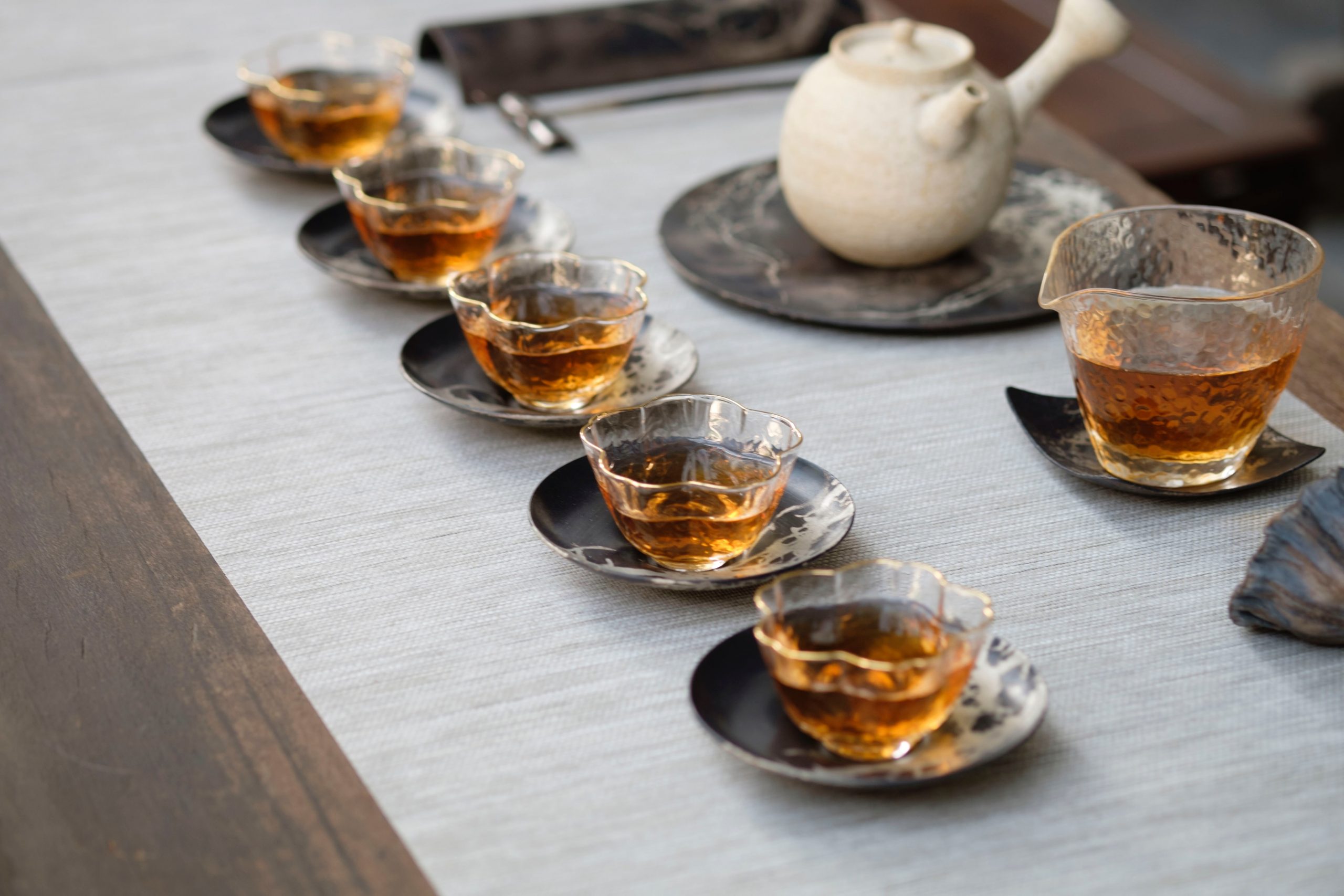
Types of vessels
We would always suggest you to use Ceramic cups or even better, glass cups and brewers for your tea tasting sessions. You can find them here.
So what are you waiting for, how about making your next hangout session with your friends, a tea tasting party. Pick your brews from the Wellness Club and the Gourmet Club of Tia & Berry today.
